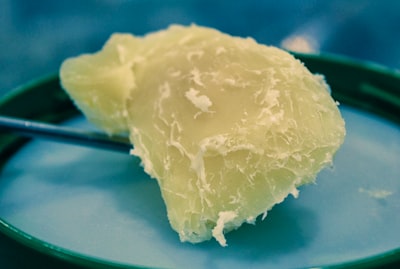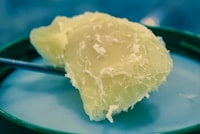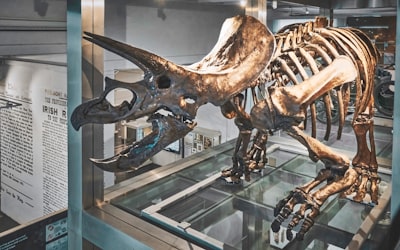Journal article
Maguindanaon Students’ English Learning Experiences in a Distant-Rural Public School: A Qualitative Exploration of Challenges and Support System
Learning English among Maguindanaon students is both a challenge and a fulfillment. Their journey toward language acquisition reflects their resilience, shaped by their experiences and the support systems available to them. This study explores the experiences of five Junior High School Maguindanaon students in General Salipada K. Pendatun, aiming to uncover their challenges, learning strategies, and the role of their support networks. Findings reveal that students commonly struggle with spoken English due to limited exposure outside the classroom and a lack of confidence in spontaneous conversations. Many express comforts in structured environments such as classroom discussions but hesitate in informal interactions. Vocabulary limitations, pronunciation difficulties, and grammatical errors especially in subject-verb agreement, emerge as key obstacles to fluency, often compounded by the influence of the Maguindanaon language. The study highlights the significant influence of support systems on students' language development. Limited school resources, particularly instructional materials and digital tools, restrict opportunities for practice beyond regular lessons. While some students benefit from teacher and peer guidance, many lack access to structured support programs such as English clubs or tutoring. Family involvement varies, with some providing encouragement but minimal academic assistance. The absence of consistent and accessible support systems creates barriers that hinder students' ability to develop English proficiency. These findings underscore the necessity of strengthening institutional, peer, and familial support networks. Enhancing access to resources, mentorship programs, and immersive language experiences can play a pivotal role in fostering confidence and competence in English. A collaborative approach involving educators, families, and communities is crucial in creating an environment where Maguindanaon students can thrive in their pursuit of language mastery.
















































